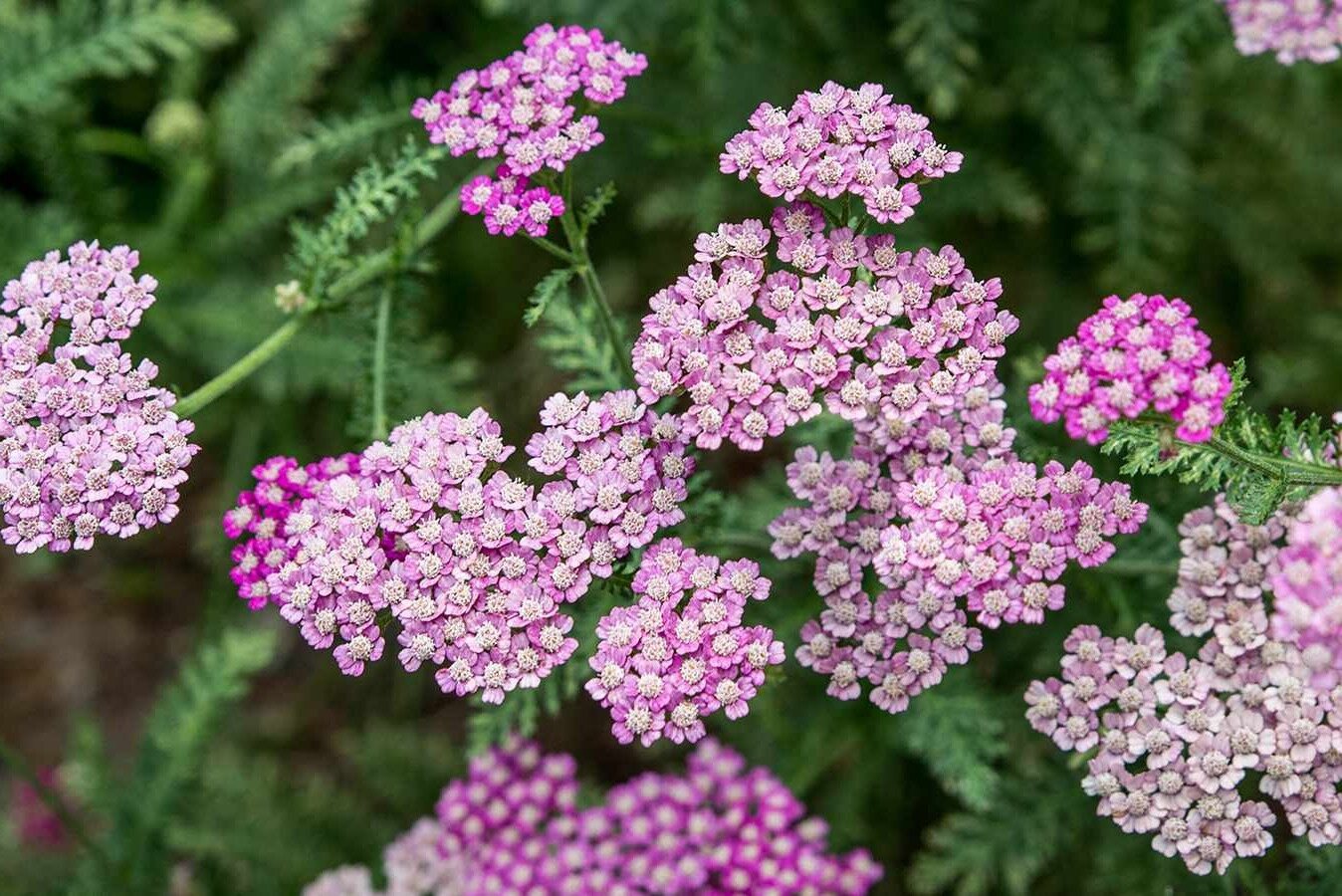
Yarrow, a plant often found in meadows and gardens, holds a treasure of interesting facts. Known scientifically as Achillea millefolium, this herb has been used for centuries in traditional medicine. Did you know yarrow was named after the Greek hero Achilles? Legend says he used it to treat his soldiers' wounds. Yarrow isn't just a pretty face; it has practical uses too. It can help with fevers, colds, and even digestive issues. Gardeners love it because it attracts beneficial insects like ladybugs and bees. Plus, it's drought-resistant, making it a hardy addition to any garden. Ready to learn more? Let's dive into 32 fascinating facts about this versatile plant!
What is Yarrow?
Yarrow, scientifically known as Achillea millefolium, is a flowering plant found in temperate regions. It has been used for centuries in traditional medicine and has a rich history of various applications.
- Yarrow is native to temperate regions of the Northern Hemisphere, including North America, Europe, and Asia.
- The plant is named after the Greek hero Achilles, who is said to have used yarrow to treat his soldiers' wounds during the Trojan War.
- Yarrow belongs to the Asteraceae family, which also includes daisies and sunflowers.
- The plant typically grows to a height of 0.2 to 1 meter (0.66 to 3.28 feet).
- Yarrow flowers are usually white but can also be pink, yellow, or red.
- The leaves of yarrow are feathery and fern-like, giving the plant a delicate appearance.
Medicinal Uses of Yarrow
Yarrow has been used in traditional medicine for its healing properties. It is known for its ability to treat various ailments and conditions.
- Yarrow has anti-inflammatory properties, making it useful for treating wounds and skin irritations.
- The plant contains flavonoids and alkaloids, which contribute to its medicinal benefits.
- Yarrow tea is often used to alleviate digestive issues, such as bloating and indigestion.
- The plant has been used to reduce fever and relieve cold symptoms.
- Yarrow can help regulate menstrual cycles and alleviate menstrual cramps.
- It has been used as a natural remedy for anxiety and stress.
Yarrow in Folklore and History
Yarrow has a rich history and is surrounded by various myths and folklore. Its uses and significance have evolved over time.
- In ancient times, yarrow was believed to have magical properties and was used in divination rituals.
- The plant was often carried by soldiers to stop bleeding and promote wound healing.
- Yarrow was used in traditional Chinese medicine to treat various ailments, including headaches and toothaches.
- Native American tribes used yarrow for its medicinal properties, including as a poultice for wounds and insect bites.
- In medieval Europe, yarrow was used to ward off evil spirits and protect against witchcraft.
- The plant was also used in love spells and to attract good fortune.
Yarrow in Modern Uses
Today, yarrow continues to be valued for its medicinal and practical uses. It is also appreciated for its beauty in gardens and landscapes.
- Yarrow is commonly used in herbal medicine and is available in various forms, including teas, tinctures, and essential oils.
- The plant is often included in natural skincare products for its soothing and healing properties.
- Yarrow is used in aromatherapy to promote relaxation and reduce stress.
- The plant is a popular choice for pollinator gardens, attracting bees, butterflies, and other beneficial insects.
- Yarrow is drought-tolerant and can thrive in poor soil conditions, making it a low-maintenance addition to gardens.
- The plant is sometimes used in companion planting to repel pests and improve the health of neighboring plants.
Interesting Facts About Yarrow
Yarrow has some unique characteristics and interesting uses that make it a fascinating plant to learn about.
- Yarrow can be used as a natural dye, producing colors ranging from yellow to green.
- The plant has a strong, pleasant aroma that is often described as a mix of chamomile and pine.
- Yarrow is sometimes referred to as "nosebleed plant" because it was traditionally used to stop nosebleeds.
- The plant's scientific name, Achillea millefolium, means "Achilles' thousand-leaf" in reference to its finely divided leaves.
- Yarrow can be used to make a natural insect repellent when combined with other herbs and essential oils.
- The plant has been used in brewing beer, particularly in traditional European recipes.
- Yarrow is considered a symbol of healing and protection in various cultures.
- The plant is often used in dried flower arrangements and potpourri for its beauty and fragrance.
Yarrow's Fascinating World
Yarrow, a plant with a rich history, offers more than just beauty. Known for its medicinal properties, it has been used for centuries to treat wounds, reduce inflammation, and even ward off evil spirits. This hardy plant thrives in various climates, making it a favorite among gardeners. Besides its healing abilities, yarrow attracts beneficial insects, helping gardens flourish.
Its versatility extends to culinary uses, where its leaves add a unique flavor to salads and soups. Yarrow's role in traditional medicine and modern herbalism highlights its enduring importance. Whether you're a gardener, a cook, or someone interested in natural remedies, yarrow has something to offer.
Understanding yarrow's many uses and benefits can deepen your appreciation for this remarkable plant. Next time you see yarrow, remember its fascinating history and the many ways it can enhance your life.
Was this page helpful?
Our commitment to delivering trustworthy and engaging content is at the heart of what we do. Each fact on our site is contributed by real users like you, bringing a wealth of diverse insights and information. To ensure the highest standards of accuracy and reliability, our dedicated editors meticulously review each submission. This process guarantees that the facts we share are not only fascinating but also credible. Trust in our commitment to quality and authenticity as you explore and learn with us.


